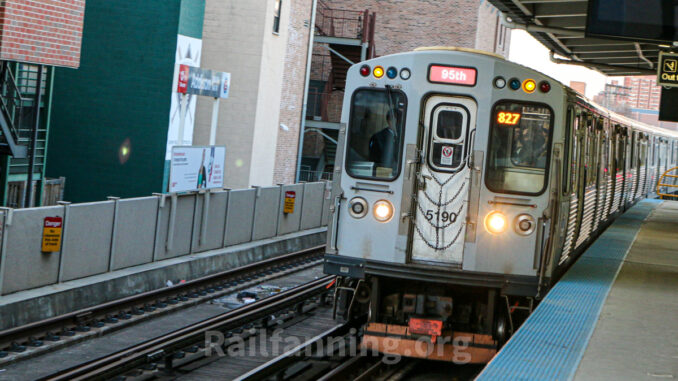
(The Center Square) – The Chicago Transit Authority saw a more than 5,000% increase in federal money for operating funds in 2020, an increase that helped CTA maintain services throughout COVID-19. The bailout by the federal government meant that operating expenses remained flat despite a 60% drop in passenger miles, largely due to the pandemic.
In 2019, federal assistance was $9.1 million and made up 0.6% of CTA’s operating expenses, according to the Federal Transit Administration. That number jumped to $488.1 million in 2020 and 31.8% of operating funds.
Overall, the agency saw federal money for operating funds increase by 5,256%.
According to the CTA, which is made up of the ‘L’ train system and bus services, the financial support of the federal government continues to remain a “critical” part in allowing “the agency to continue providing full service,” even going into 2021 and 2022.
Fare revenue saw a sharp decline, dropping by 58% from 2019 to 2020. It went from $652.3 million in 2019 to $274.1 million in 2020.
Ridership also decreased from 2019 to 2020, with annual passenger miles declining from 2 billion to 781.9 million. This is a 60.1% decrease.
The state of Illinois had a stay-at-home order beginning on March 21, 2020, that continued through June 26, 2020.
In 2021, CTA ridership continued to decline. Total ridership for the system decreased another 0.8% from 2020.
Going into 2022, the agency continues to rely upon COVID-19 relief money to cover a projected $456 million budget deficit. According to CTA, the federal money is what allows the agency “to continue providing full service.”
The CTA did not respond to an email requesting comment.
This article was published by The Center Square and is republished here with permission. Click here to view the original.



